Found among the O’Donogue papers at Jot HQ is a long letter dated 3rd August 1977 from 1, Chalk Hill Road, Norwich by a certain Elsie Grint. We do not know the exact circumstances of the letter, but it seems likely that O’Donoghue placed a letter in a local paper asking if anyone who grew up in Norwich in the early years of the twentieth century could write to him with their 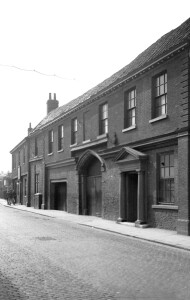 reminiscences.
reminiscences.
Elsie replied and her memories of that time are particularly detailed:
‘ I lived at 109 Midland St ( off Heigham St) from 1917 to 1934…We lived at the end of a row of houses ( I think the rent was 10/- weekly) but we always paid 6d. extra because of the gable end & the very small piece of garden which ran alongside it. Our house had 2 small rooms downstairs & 2 upstairs, with a very tiny kitchen which held a copper & sink. A small ( & we had gas lighting before electricity was installed ) door in the living room opened onto the steep stairs to the 2 bedrooms. Another small door in the living room opened to the coal house under the stairs & the other door in this small room was the larder. All the houses were built like this & we had a small yard at the back, opening onto a passage which led to about 8 other houses, & in this yard was a toilet, which had a wooden seat from wall to wall ( very inconvenient if needed during the night).
I went to Heigham St School , which I think was demolished after the war & my first memories of the infant school was a sand tray, which we all had & made pictures in the sand with our fingers. We moved up to the junior school & then at the age of 11 years were separated—the boys to the boys school & the girls to the girls school until about 2 years later when we were moved to Wensum View School because of a new policy of education. If naughty we were made to stand in the corner for long periods & the cane was given if we were very naughty. Our heads were looked regularly for fleas & nits & we also visited the school dentist. Many poor children attended this school & did not have adequate footwear. Many wore odd shoes belonging to adults, which didn’t fit at all & school uniform was never thought of . Wensum View School sold berets for girls & caps for boys in around 1930 of the school colours , but they were not compulsory ( 2/- was a lot to pay for a school hat I was told). Next to Heigham St School was a large tannery which at times smelt awful. The owner had a large family & one of the daughters told me none were even allowed to speak at meat times. Continue reading

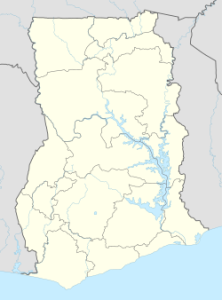
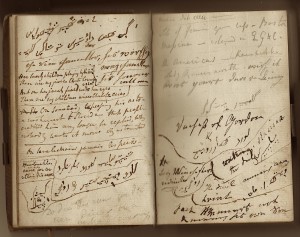 The front part is a short record of travels in Germany and Belgium in which the anonymous male diarist, who is accompanying his mother, at one point tells us that he was born in 1802, is very scathing about the appearance of most of his travelling companions. In one instance he remarks that the young son of the parson in the party ‘seemed to be as ugly as his father and as vulgar as his cousin’. He is singularly unimpressed by most of the foreigners he encounters along the way. For instance, he notes that his fellow diners at the Table d’Hote, were ‘12 disgusting looking Germans who luckily eat enormously & spoke little ‘. The following evening diners at the same table were’ rather more disgusting in their appearance & manner of eating than the day before ‘. Predictably, he is also critical of the meals he is obliged to eat and the inns that serve and accommodate him. In one inn he accuses the landlord of serving him a dish of greyhound puppy. Our diarist certainly places himself above the common lot. He seems knowledgeable about art and is a little snooty regarding the collections he views, suspecting that most of the paintings were copies from the masters. More positively, he is often ecstatic about the scenery and buildings he encounters and he particularly praises cathedrals and castles. We yearn for more, but unfortunately, the diary stops abruptly after thirty pages.
The front part is a short record of travels in Germany and Belgium in which the anonymous male diarist, who is accompanying his mother, at one point tells us that he was born in 1802, is very scathing about the appearance of most of his travelling companions. In one instance he remarks that the young son of the parson in the party ‘seemed to be as ugly as his father and as vulgar as his cousin’. He is singularly unimpressed by most of the foreigners he encounters along the way. For instance, he notes that his fellow diners at the Table d’Hote, were ‘12 disgusting looking Germans who luckily eat enormously & spoke little ‘. The following evening diners at the same table were’ rather more disgusting in their appearance & manner of eating than the day before ‘. Predictably, he is also critical of the meals he is obliged to eat and the inns that serve and accommodate him. In one inn he accuses the landlord of serving him a dish of greyhound puppy. Our diarist certainly places himself above the common lot. He seems knowledgeable about art and is a little snooty regarding the collections he views, suspecting that most of the paintings were copies from the masters. More positively, he is often ecstatic about the scenery and buildings he encounters and he particularly praises cathedrals and castles. We yearn for more, but unfortunately, the diary stops abruptly after thirty pages.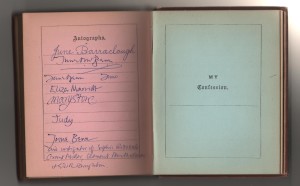
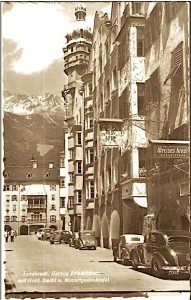
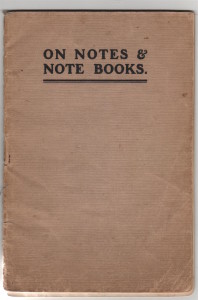 Now we are in the Digital Age, when as much data as we like can be stored in a note-book sized device made of plastic and metal, note-taking as a aid to memory is less important. As recent as fifteen years ago if we needed to record the gist of books, articles etc., we resorted to a note book made of paper and card which had to be small enough to be carried around in a pocket. In practice what we tended to do, however, was to write too much in too big a hand than was appropriate, thus making our notebook less efficient as a means of storing an accumulation of facts and opinions.
Now we are in the Digital Age, when as much data as we like can be stored in a note-book sized device made of plastic and metal, note-taking as a aid to memory is less important. As recent as fifteen years ago if we needed to record the gist of books, articles etc., we resorted to a note book made of paper and card which had to be small enough to be carried around in a pocket. In practice what we tended to do, however, was to write too much in too big a hand than was appropriate, thus making our notebook less efficient as a means of storing an accumulation of facts and opinions.